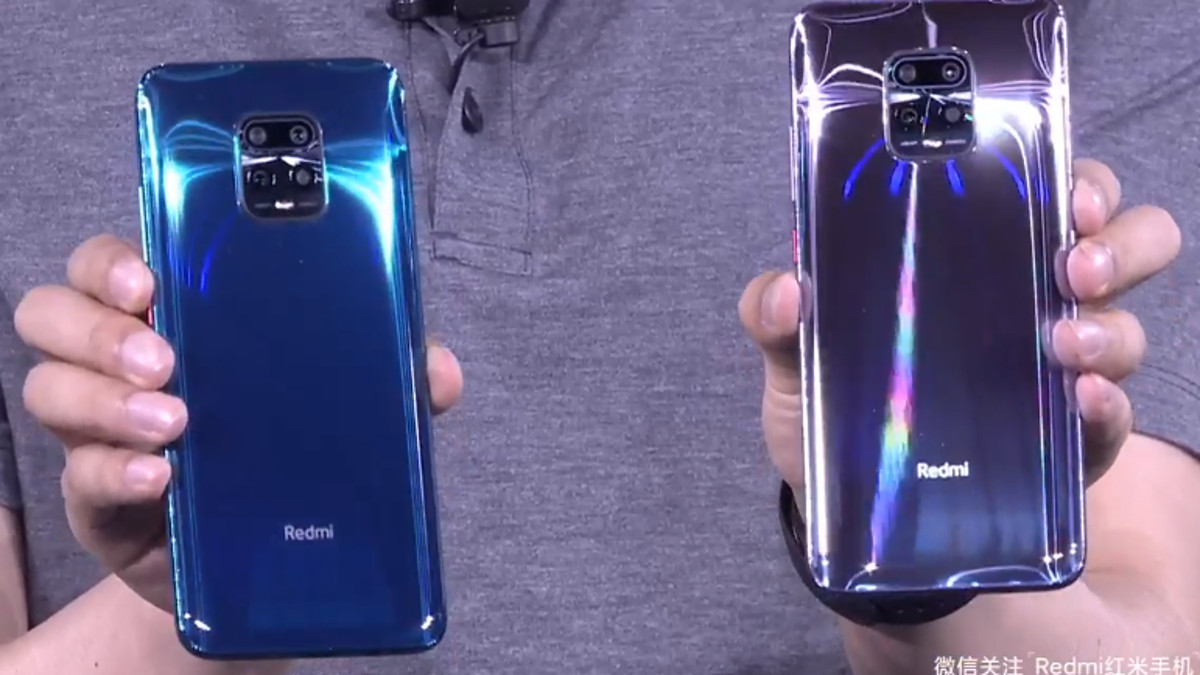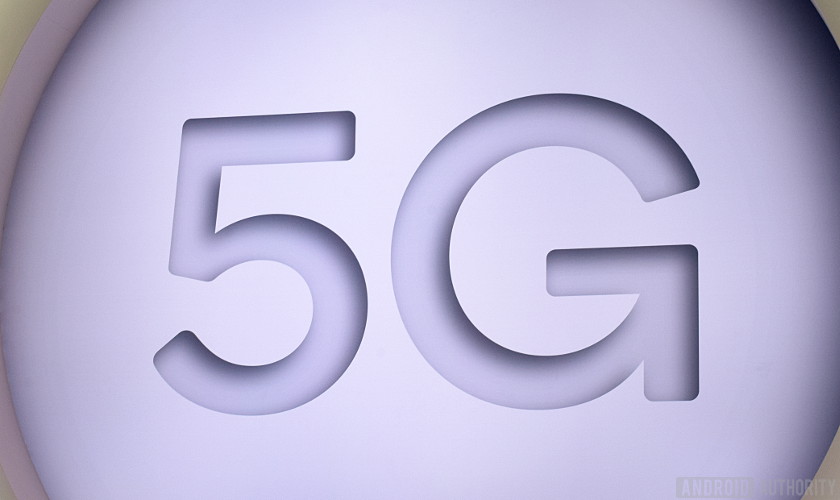

Xiaomi has a reputation for offering a ton of bang for your buck, with its smartphones frequently landing on many a best cheap phones list. Between the stacked spec sheet and ultra-competitive price, it's no wonder the brand is climbing up the market share ranks in Europe and elsewhere.
But the company may have outdone itself with the Redmi 10X series launched this week, consisting of the standard Redmi 10X and the Redmi 10X Pro. We'll reserve our full verdict for when we've got them in our hands, though we're yet to hear any word on a final Redmi 10X release date. However, there are several reasons why you might want to keep an eye on the Xiaomi sub-brand's latest phones.
The cheapest 5G phone yet
Easily the biggest draw-card here might be the fact that the standard model is the cheapest 5G phone we've seen so far. With the Redmi 10X price starting at 1,599 yuan (~$224/~€202) in China for the 6GB/64GB model, it's a far cry from other 5G devices on the market right now.
Xiaomi phones usually get a decent price hike when they land in Europe, but even a ~€100 increase would mean you're looking at a very reasonable €302 price tag. That's still cheaper than the Mi 10 Lite 5G, which recently launched in Europe for €349. For what it's worth, the Mi 10 Lite 5G retails for ~2,099 yuan (~€265) in China (a price drop of ~€84).
5G isn't available in India yet and isn't expected to launch anytime soon, but the Redmi 10X series could still prove to be a popular buy for spec-hungry enthusiasts in the market. The Dimensity 820 chipset would be in a class of its own in terms of mid-range power. With Xiaomi phones in India achieving price parity with Chinese pricing or a marginal increase at best, this could turn out to be a hot device in the company's regional portfolio.
The Redmi 10X series also supports 5G+5G dual SIM technology, which means you can run two 5G networks on the same device. This could be pretty handy in these early days of 5G, where there are gaps in high-speed network coverage.
This tech is only available on specific MediaTek 5G chips right now and Qualcomm's Snapdragon silicon lacks this feature completely. The MediaTek 5G chips don't support mmWave (unlike the Snapdragon chips), though this is less of an issue outside of the US where sub-6GHz is the standard… it's all very confusing isn't it.
A ton of power too


The Redmi 10X series might be among the cheapest 5G phones around, but they also deliver plenty of power thanks to a Dimensity 820 processor. MediaTek benchmark cheating concerns aside, this is already looking like one of the more powerful mid-tier SoCs.
MediaTek's new processor is roughly comparable to the Snapdragon 700 series 5G SoCs on paper, although it boasts four heavyweight Cortex-A76 cores compared to the 700 series' two heavyweight cores. This should give it a multi-core performance advantage, and single-core performance should be up to scratch too.
We're not quite sure whether the Dimensity 820 will challenge the likes of the Snapdragon 765G and 768G in terms of GPU performance. After all, Qualcomm's higher-end chips have a reputation for offering great GPU performance. If I were to bet on it, I'd say that Qualcomm edges out MediaTek in this regard. But you're still getting horsepower equivalent to older flagship phones for a budget price.
Just a whole bunch of cameras


Another feather in the range's cap, at least for the pro model, is the flexible rear camera layout, featuring a 48MP main camera, 8MP ultra-wide camera, 8MP 3X telephoto lens, and a 5MP macro sensor. In fact, the phone also offers 5X hybrid zoom and 30X digital zoom if you really do need it. That means you've got better zoom capabilities in theory than the LG V60, OnePlus 8, and Xiaomi Mi 10.
Read: Want a phone with a great camera? Here's what to look for
The standard Redmi 10X has a more pedestrian camera setup, featuring a 48MP main shooter, the aforementioned 8MP ultra-wide snapper, and a 2MP depth sensor. But it still gives you a measure of versatility nonetheless.
Redmi 10X and 10X Pro: One to watch
Toss in a 3.5mm port, IR blaster, 4,520mAh battery (and 33W charging for the Pro), FHD+ OLED screen, and IP53 splash resistance, and there's no doubting how impressive the Redmi 10X specs are for the price. That's not to say we wouldn't want to see a few more additions (such as NFC on the standard variant or a higher refresh rate), but this definitely signals the arrival of more affordable 5G phones.
This isn't the only cheaper 5G device to be revealed this month, as the ~$267 Honor X10 is another device worth your attention. Pay ~$40 extra in China and you get a 90Hz LCD screen, popup design, and a 40MP main camera that should excel in low light. Don't expect Google Play Services integration though.
In any event, the Redmi 10X series shows us just how far 5G pricing has fallen in the past 12 months, when the €599 (~$665) Mi Mix 3 5G was Xiaomi's first 5G device. And it looks like we've only just begun.
Check out more of our Xiaomi content below!
- Is the Poco F2 Pro still the ultimate flagship killer?
- Xiaomi is climbing the price ladder with the Mi 10 in India — here's why
- Redmi Note 9 Pro vs Redmi Note 9 Pro Max: Which one to choose?
from Android Authority https://ift.tt/2XPgBL4
via IFTTT

No comments:
Post a Comment